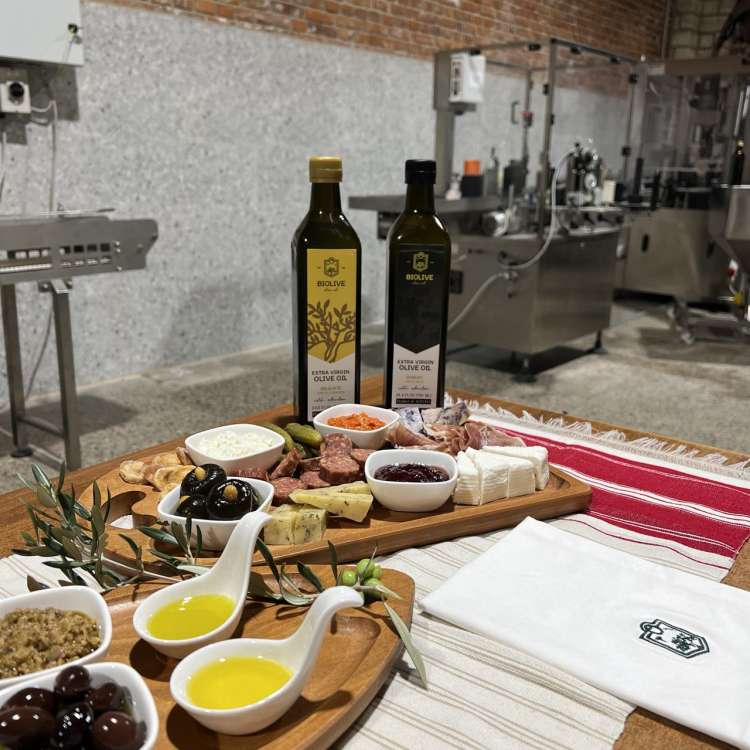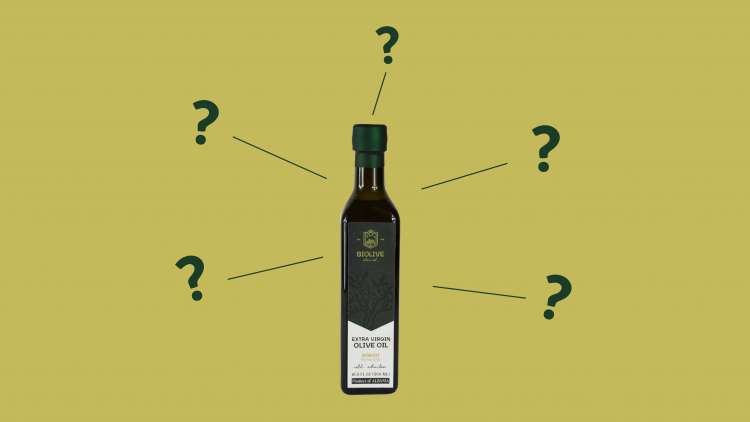Who has the authority to determine what qualifies as true olive oil?
The only olive oil prefixes that consumers should heed are those established by the five major regulatory bodies: Codex Alimentarius, International Olive Council (IOC), European Union, United States Department of Agriculture (USDA), and Australian authorities.
While there are other national organizations that have created official standards and grades for olive oil, they tend to follow the guidelines set by these five leading regulators.
Like many other food products, the United Nations Food and Agriculture Organization initially established technical definitions for olive oil through the Codex Alimentarius. Originally, four distinct grades of olive oil were defined: olive oil, virgin olive oil, refined olive oil, and refined olive-pomace oil. These original four grades have served as the foundation for most olive oil standards and grades worldwide.
How is olive oil classified?
Olive oil is classified into different grades and categories based on various criteria. The International Olive Council (IOC) defines nine categories of olive oil and olive-pomace oil, while the European Union (EU) defines eight. These categories are broadly divided into three groups: virgin oils for consumption, blended or refined olive oil and pomace oil, and olive oil not fit for consumption. The definitions of these categories vary based on the country of origin, but it is important for the labels of olive oil to accurately reflect the appropriate category based on the country where the oil will be sold.
Virgin oils:
Virgin oils are obtained using mechanical or physical means without any alteration to the chemical composition of the oil.
Extra virgin olive oil has a median score of zero defects, a fruitiness above zero, and a free fatty acid content of less than 0.8 grams per 100 grams.
Virgin olive oil has a median score of defects between zero and 3.5, with a fruitiness above zero, and a free fatty acid content of less than two grams per 100 grams.
Ordinary virgin olive oil has a median score of defects between 3.5 and 6, with a fruitiness above zero, and a free fatty acid content of less than 3.3 grams per 100 grams.
Blended of refined olive oil and olive pomace oil and virgin olive oils fit for consumption:
Refined olive oil blended with virgin olive oils is defined as a blend of refined olive oil with virgin olive oils fit for consumption, with a free acidity of less than 1 gram per 100 grams. Its organoleptic characteristics correspond to virgin olive oil.
Olive pomace oil is obtained by extracting the last remaining droplets of oil from olives that have already been mechanically transformed. It is defined as a blend of refined olive pomace oil and virgin olive oils fit for consumption, with a free fatty acid content of less than 1 gram per 100 grams. In Australia, it must also meet the same organoleptic standards as virgin olive oil.
Olive oil not fit for human consumption:
Lampante virgin olive oil is an olive oil obtained solely by mechanical methods that is not fit for human consumption, with a free fatty acid content of more than 3.3 grams per 100 grams and a median of defects greater than 6 and a median of fruitiness of zero. It is typically sent to be refined and then blended.
Refined olive oil is obtained from virgin olive oils using refining methods that do not alter the initial glyceridic structure. Its free fatty acid content is less than 0.3 grams per 100 grams.
Crude olive pomace oil is the product obtained by extracting the last remaining droplets of oil from olives that have already been mechanically transformed.
Refined olive pomace oil is obtained from crude olive pomace oil using methods that do not lead to alterations in the initial glyceridic structure. Its free fatty acidity is not more than 0.3 grams per 100 grams.


